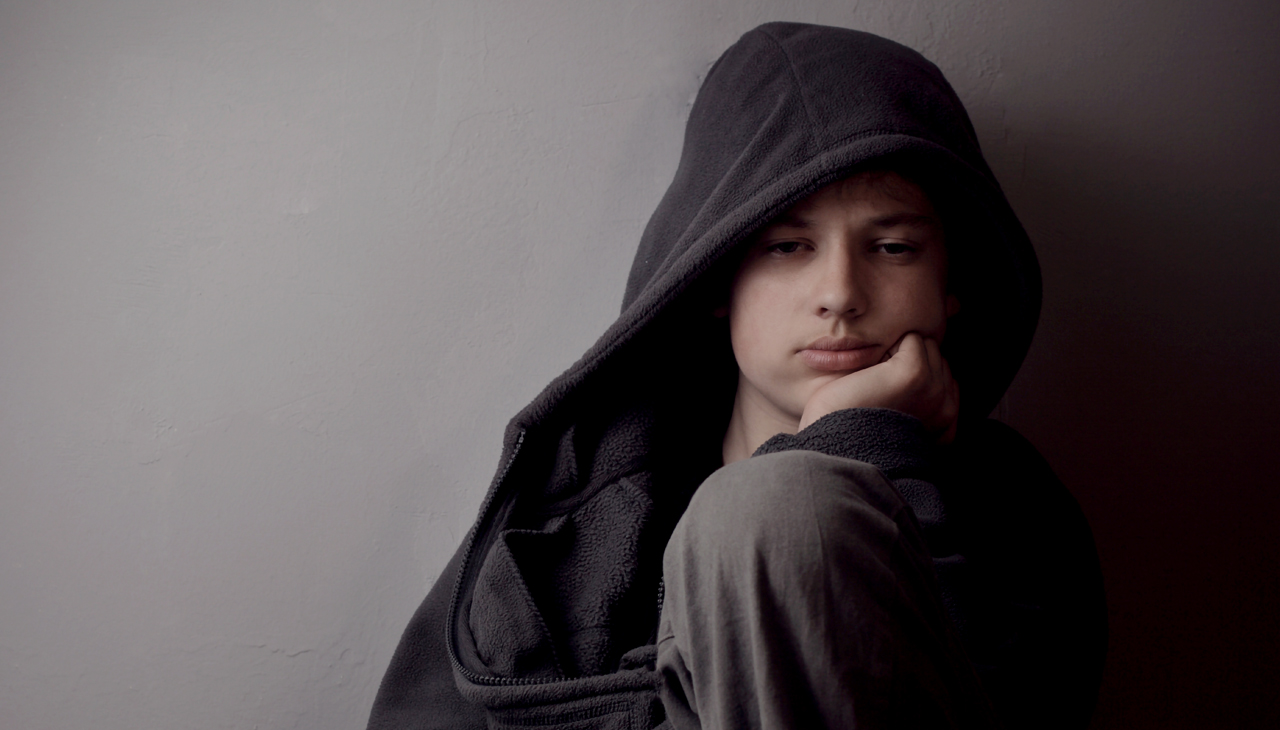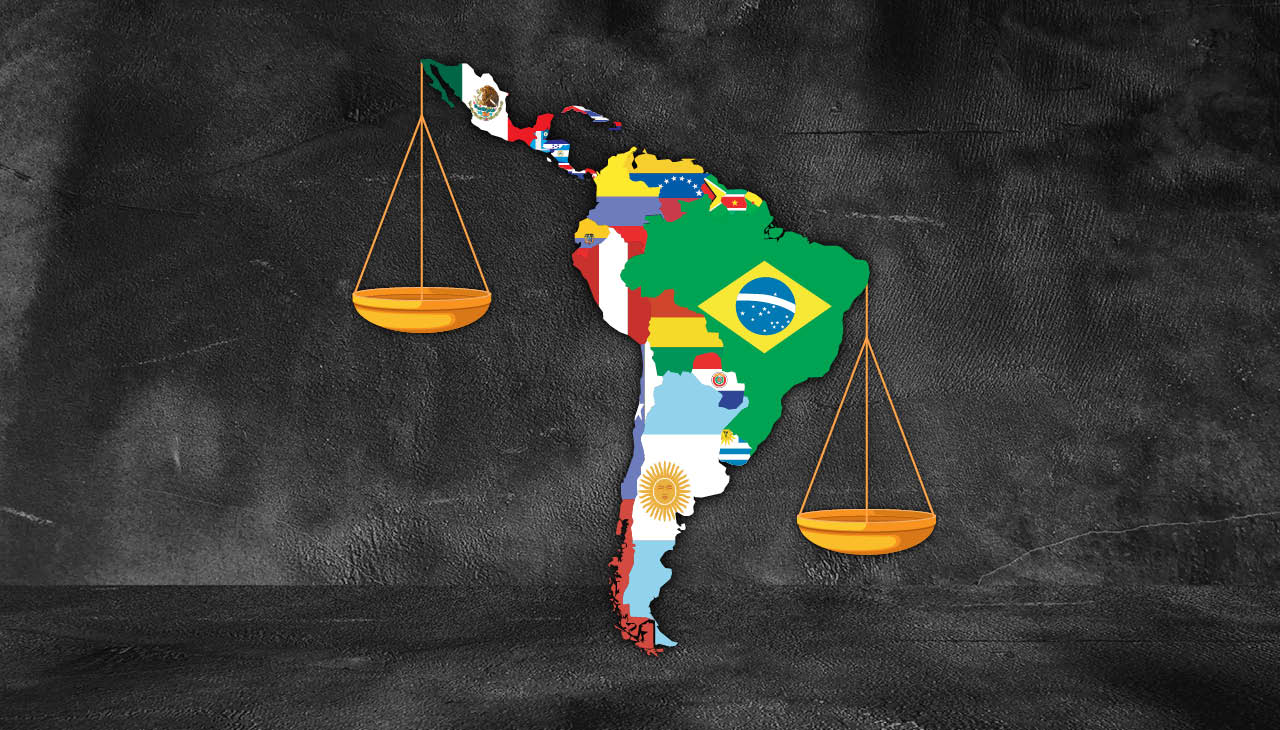
[OP-ED]: The importance of minority teachers in our schools
Black teachers make a difference.I know because I attended a prestigious college-preparatory public high school in the heart of Chicago where approximately…
These African-American men and women were well-respected experts who took no guff from students regardless of whether they were black, white, Hispanic, Asian, immigrant, native-born, rich or poor.
The effects they must have had on my black peers were heretofore unfathomable, but researchers have started quantifying it.
Low-income black students who have at least one black teacher in elementary school are significantly more likely to graduate from high school and consider attending college, says “The Long-Run Impacts of Same-Race Teachers,” a new working paper recently published by the Institute of Labor Economics.
This paper also notes that having at least one black teacher in third through fifth grades reduced a black student’s probability of dropping out of school by 29 percent. And for very low-income black boys, the chance of dropping out fell by 39 percent.
The insight isn’t completely novel -- it has been researched and called the “race match effect” or “role model effect” -- but this new study is the first to find that student-teacher racial matches had longer-lasting benefits than just improved performance during individual academic years.
“Many of these kids can’t imagine being an educated person and perhaps that’s because they’ve never seen one that looks like them,” said co-author Nicholas Papageorge, an assistant professor of economics at Johns Hopkins University, in a press release. “Then, they get to spend a whole year with one. This one black teacher can change a student’s entire future outlook.”
There is good news to go along with this observation: The U.S. teacher force is becoming more diverse.
According to a new statistical analysis by the U.S. Department of Education, even though minority teachers remain underrepresented, both the number and proportion of minority teachers in elementary and high schools grew by 104 percent between 1987-88 and 2011-12, compared with 38 percent growth in the number of white teachers.
Also excellent news for boys who face a female-dominated teaching force: During this same period, the number of minority male teachers increased by 110 percent compared with 102 percent for minority female teachers.
In all, the percentage of teachers who belonged to all minority groups increased from 12.4 percent in 1987-88 to 17.3 percent in 2011-12.
RELATED CONTENT
What would make this a 100 percent bright spot for an increasingly diverse student population is if all students had an equal opportunity to see well-educated minority teachers leading their classrooms.
However, it looks like racially and ethnically diverse teachers are unevenly distributed in public schools.
At schools where the student poverty level is 33 to 74 percent, the proportion of minority teachers has gone up by 115.9 percent. At schools where 75 percent or more of the students are at poverty level, the proportion of minority teachers has gone up by 288 percent.
With what we know about the role model effect, this appears to be a net positive for students who tend to be concentrated in high-poverty schools -- but it also may not be.
Minority teachers who take jobs in some of the most challenging schools may face higher levels of burnout and turnover -- not to mention having less job security and potentially lower average pay compared with better-funded districts. Schools with revolving doors for teachers generally don’t serve students well regardless of their racial or ethnic composition.
For how popular the value of equity and social justice has become in education policy, you’d think that schools with students who have a poverty level of less than 33 percent could do better than a scant 0.9 percent increase in the number of minority teachers from 1988 to 2012.
Change never comes fast enough. But if the issue of increasing the diversity of our country’s teaching corps is largely fixed, we need to move on to integrating minority teachers into high-performing schools where they can be role models for all students.










LEAVE A COMMENT:
Join the discussion! Leave a comment.